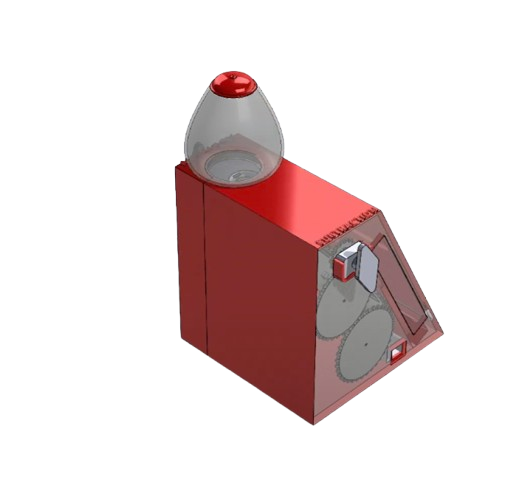Count-a-Ball
Designed a child-safe, educational toy in SolidWorks, focusing on ergonomic form, interactive features, and manufacturability for ages 3+.
Organization
Columbia University
Timeframe
March 2025 - May 2025
-
Develop a screen-free, mechanical educational toy that builds early math skills (ages 2–5) through tactile, interactive play—addressing cognitive development, safety, durability, and market demand.
-
Early math skills show the highest correlation with long-term academic success, surpassing early literacy and attention, according to large-scale meta-analyses.
Tactile learning enhances cognitive development and numerical retention by reinforcing sensorimotor pathways during early childhood (ages 3–6).
Mechanical, screen-free toys promote spatial reasoning and problem-solving while addressing market and safety concerns tied to electronic components and loose parts.
-
Utilizes rotatable numerical discs (0–9) and modular coupling links to enable physical representation of counting, grouping, and basic operations like multiplication.
Incorporates visual barriers and structured rows to reduce cognitive load and support spatial organization of early math concepts.
Engineered with snap-fit tolerances and ASTM F963-compliant materials to ensure child safety, mechanical durability, and manufacturability.
-
A portable, modular, mechanical math toy that teaches number recognition and basic arithmetic through physical manipulation—encouraging fine motor skills, early logic, and hands-on learning without electronics.
An in-depth look
Engineered to support early math skills through hands-on interaction, the toy features rotatable gears, tactile knobs, and a see-through design to teach counting, grouping, and basic operations—without screens or electronics. Designed in SolidWorks and built for safety, durability, and manufacturability, this toy merges playful learning with robust mechanical design.
